On the 3rd of November 2016, the Kuznetsov battlegroup was sailing South of Crete, almost within reach of its designated zone of operation in Syrian waters. In the past few weeks, a lot has been said about the ship itself, its mission and the reasons why it has been sent in the Mediterranean. Little, however, has been said about the composition of the Kuznetsov airwing in Syria. Not much information has been shared on the subject. So, without further ado, here is what we know so far about said airwing.
The helicopters.
Apparently, the Kuznetsov airwing in Syria includes 18 helicopters: Four Ka-27PL, four Ka-27PS, four Ka-29, four Ka-52K and two Ka-31R
KA-27 PL (Helix A)
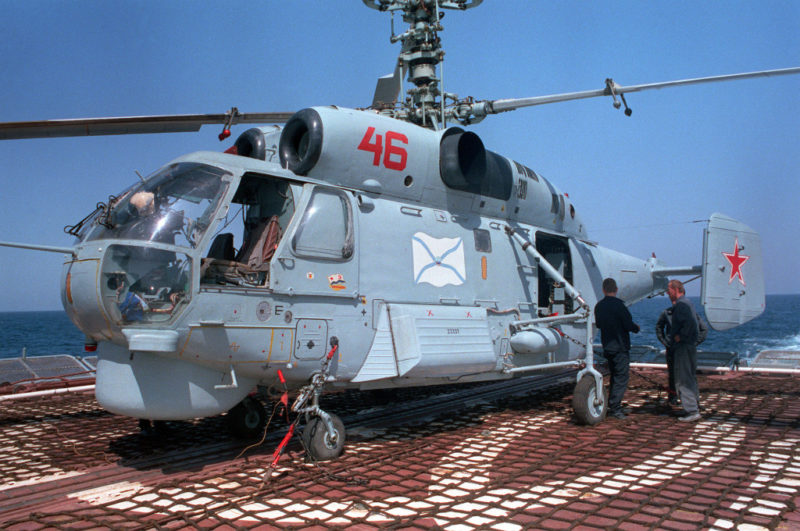
This is the anti-submarine warfare version of the Helix. It carries a dipping sonar, a search radar and can embark sonobouys, depth charges and torpedoes.
Ka-27 PS (Helix D)
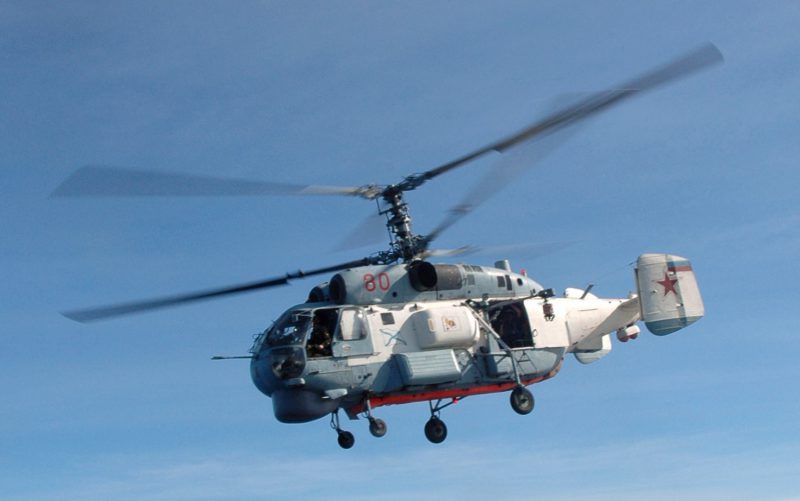
The Search and Rescue variant. Its ASW equipment has been removed and replaced by a winch at the back.
Ka-29
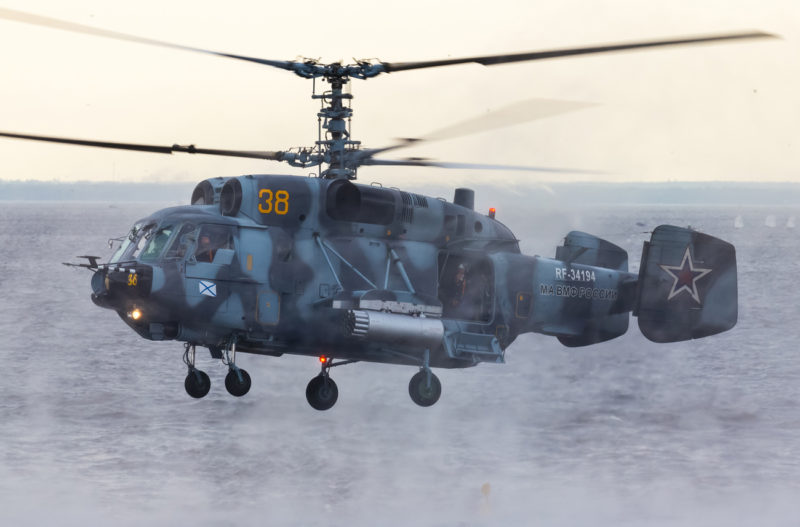
This is an assault transport helicopter. It has 300 kilos of armour around the cockpit and engine, can carry anti-tank missiles and unguided rockets and transport 16 fully equipped troops.
Ka-31R
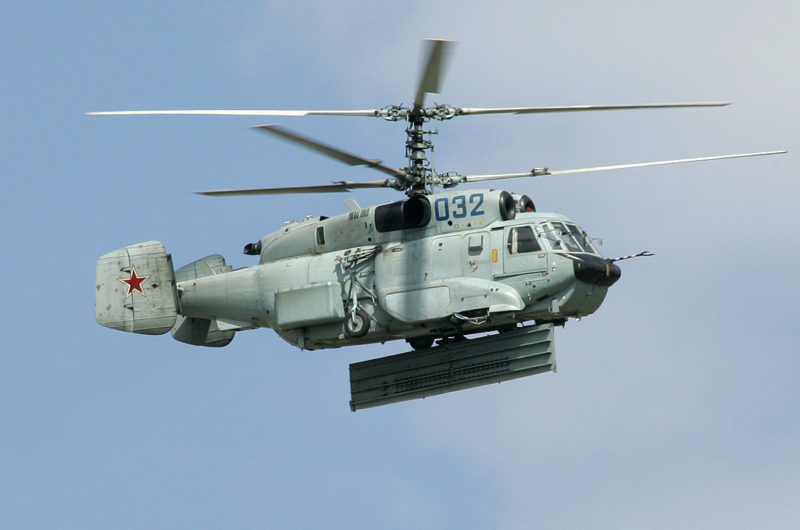
The Ka-31 is a radar picket Airborne Early Warning (AEW) helicopter. Its radar can detect fighter jets at a range of 150km and ships at a distance of up to 200km. It can track up to 40 objects simultaneously.
Ka-52K
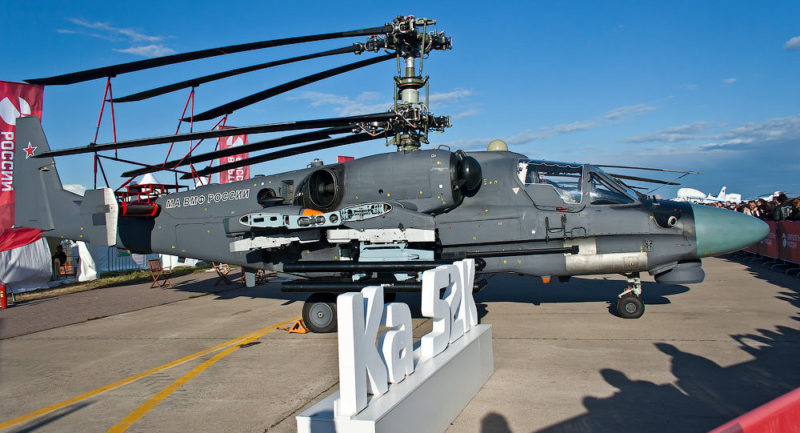
The naval version of the Ka-52 reconnaissance and light attack helicopter. It comes equipped with better radar, sensor and navigation suites than the Ka-52.
The planes
What about the jets ? Well, for what we know, the Kuznetsov airwing in Syria is also composed of 14 planes: Ten Su-33, one MiG-29KUBR and three MiG-29KR.
Su-33 (Flanker D)
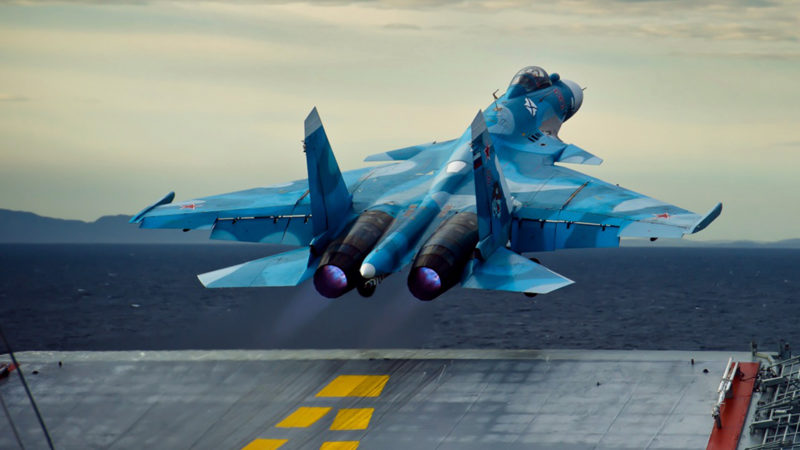
The Su-33 is an air superiority naval fighter. While it is optimised for air to air combat, it can engage ground targets with “dumb” bombs if necessary.
MiG-29KR (Fulcrum D)
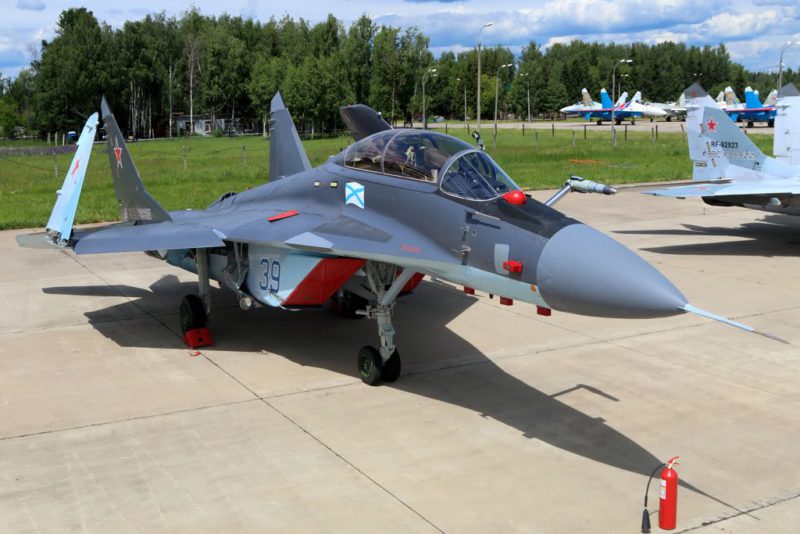
A multirole naval aircraft that can be used in both air to air and air to ground configuration. It comes equipped with a new radar and a new cockpit. It has the capability to engage ground targets with “smart” weapons.
MiG-29KUBR
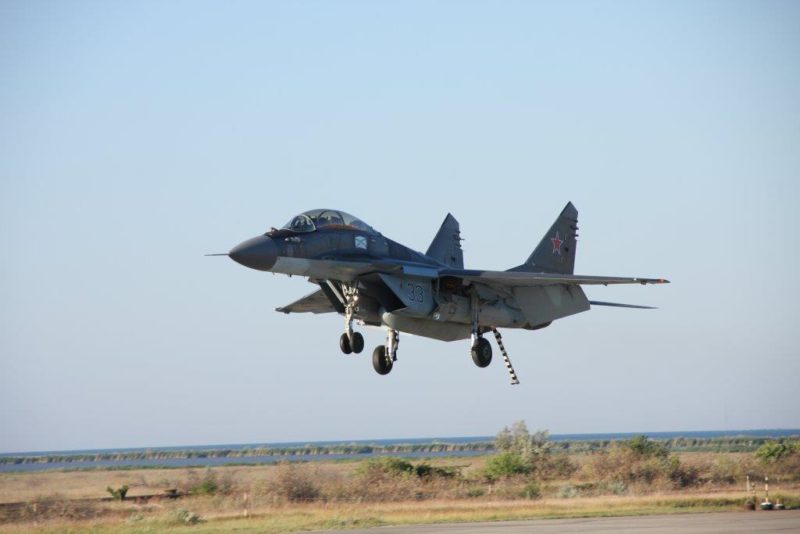
The twin-seat version of the MiG-29KR. It will be used on the Kuznetsov in the tanker role to refuel aircraft in flight.
Analysis
The composition of the Kuznetsov airwing in Syria is interesting for several reasons:
- The MiG-29K and Su-33 are finally both being used operationally. Only 24 (other sources say 35) Su-33 were ever produced and while the Flanker D is a superb fighter, it is really a one-trick pony: It is optimised for air to air only. It can be used for air to ground but won’t excel in that role. It is also a large and heavy aircraft that cannot take off from the Kuznetsov with a full load of fuel and weapons. The MiG-29KR is a multi-role platform that can be used for air to air, air to ground and air to sea operations. It is cheaper to produce, maintain and operate. It is also smaller and lighter, meaning that in theory, it can take off from the Kuznetsov with a full complement of fuel and weapons. But while it is a more versatile machine, it is not as fearsome or effective as the Su-33 in the air to air role. So the Russian high command is facing a conundrum. Go for the one trick pony or for the jack of all trade ? The original plan was to ditch the Su-33 once they reach their end of life and replace them by the MiG-29K. Now, some propose to modernise the Su-33 and turn it into a multi-role platform, others offer to restart the production line of the Su-33 and operate both the Su-33 and MiG-29K, side by side.
- There are several Ka-52K onboard the Kuznetsov. Originally designed to serve onboard the Mistral-type ships, the naval variant of the Ka-52 was left orphaned by the French decision to block the sales of the Mistrals to Russia. Now onboard its new home, it can finally be tested. Compared to the normal Hokum, its naval sibling has a new navigation suite, a new radar and new sensors. Word on the grapevine is that should those systems work in a satisfactory fashion, they might be serially fitted to the next batch of Ka-52 being produced for the Russian air force.
- Don’t be fooled by the low amount of planes on the Kuznetsov. Since the Russians arrived in Syria, they have shown they can operate at a high tempo with a small amount of aircraft. All 14 jets on board can be used in the air to ground role to a level or another, with for example the Su-33 taking on targets in the open with dumb bombs and the MiG-29K taking high-value targets or targets within an urban area with smart missiles. You can also bet there are several pilots per planes onboard the Kuznetsov as this is an opportunity for the Russian naval aviation to qualify a maximum of pilots for carrier operations and a unique opportunity for all to gain experience.









